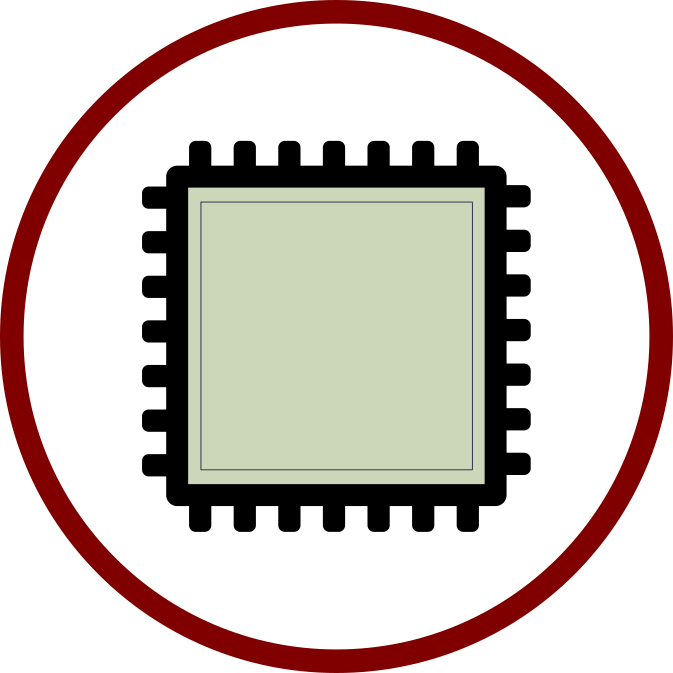If You Buy This Board, You Can Run This
If you purchase the National Instruments PXIe-6592R Board, retailing at $12,197.00 USD, I guarantee that you can run an FPGA accelerated 10 Gigabit network card in as much time as it takes for you to synthesize your code! Call Now, the number is 1-900-XXX-YYYY. Batteries not included, strings attached. But seriously, I have just cleaned … Read more
